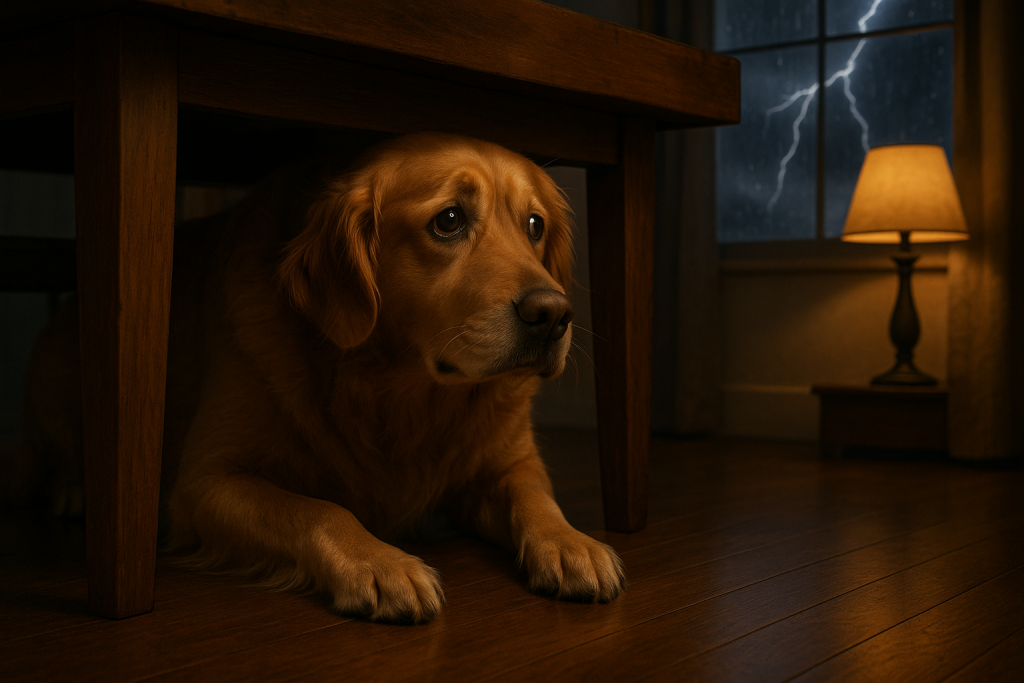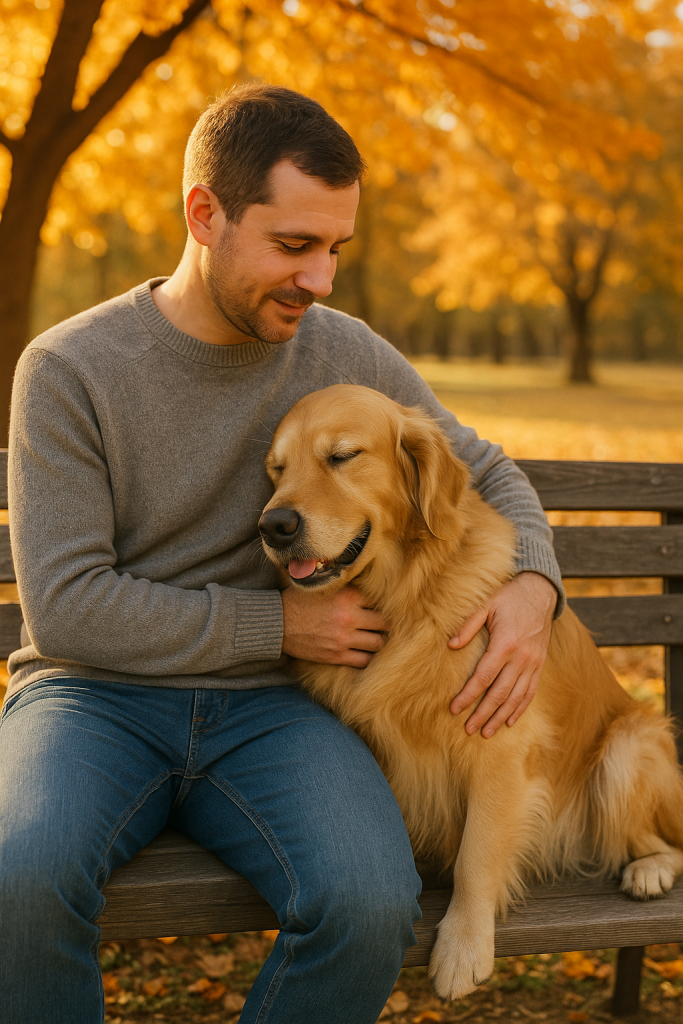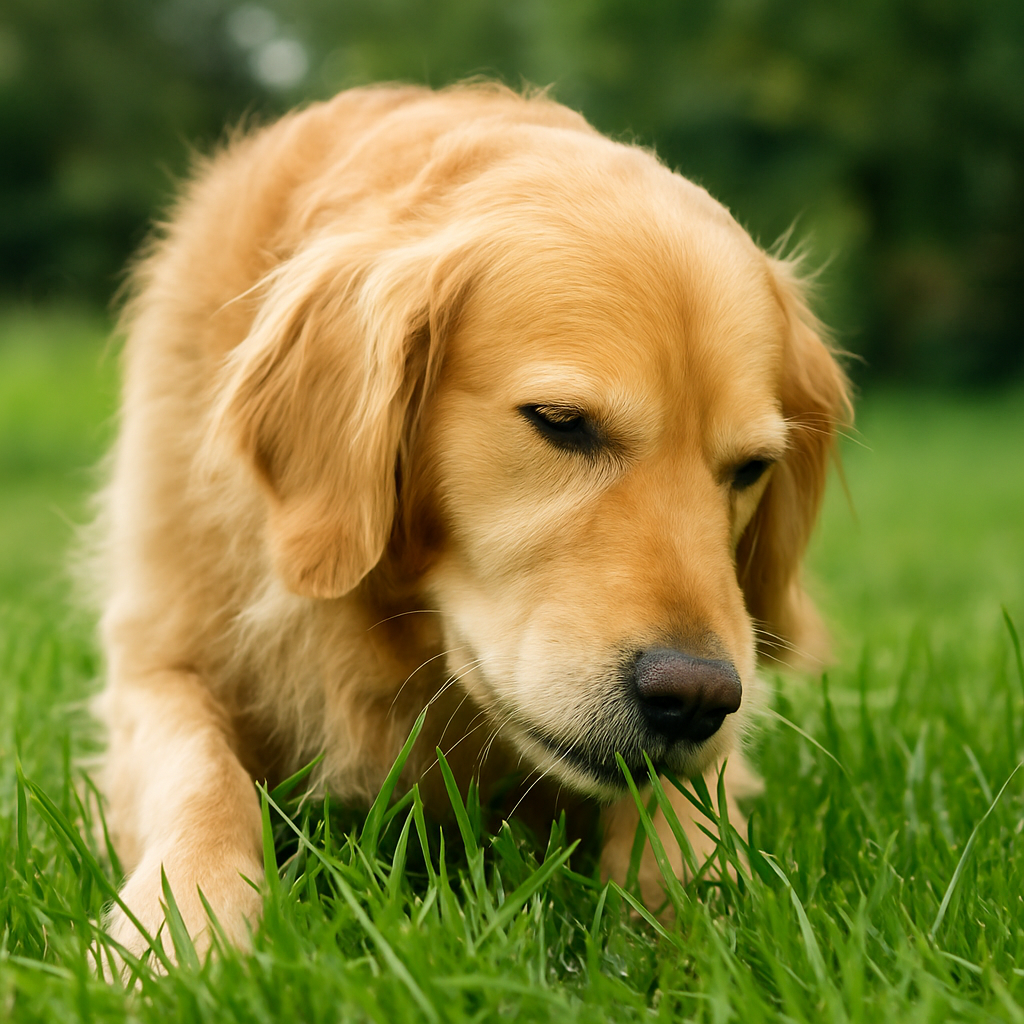Introduction
If you’re a dog parent, chances are you’ve seen your furry friend shake, pace, bark, or hide during stressful moments. Whether it’s thunderstorms, fireworks, vet visits, or separation anxiety, dogs experience emotions just like us. But here’s the good news: you can ease your dog’s anxiety naturally—without harsh medications or expensive treatments.
In this guide, we’ll explore 12 gentle, science-backed, and heartwarming ways to help your dog feel safe, relaxed, and emotionally balanced. Every dog deserves a calm and happy life, and with a little effort, you can be their greatest source of comfort.
1. Understand What Triggers Their Anxiety
The first step to helping an anxious dog is understanding what causes the fear. Is it loud noises? Being left alone? Meeting strangers?
Common anxiety triggers include:
-
- Thunderstorms and fireworks
-
- Being home alone (separation anxiety)
-
- Car rides or vet visits
-
- Sudden changes in routine
-
- Past trauma or neglect
Keep a notebook or app where you record when your dog shows signs of anxiety. Patterns often reveal themselves over time—and once you know the cause, the solution becomes clearer.
2. Create a Safe Space
Dogs need a place that feels like their personal den—cozy, quiet, and free from stress. Set up a calming corner with:
-
- Their favorite bed or blanket
-
- Low light or a dim lamp
-
- A few comforting toys
-
- Calming scents like lavender or chamomile
This space tells your dog, “You’re safe here. Nothing can hurt you.”
Pro Tip: Try playing soft classical music or white noise in their safe zone—many dogs find it relaxing.
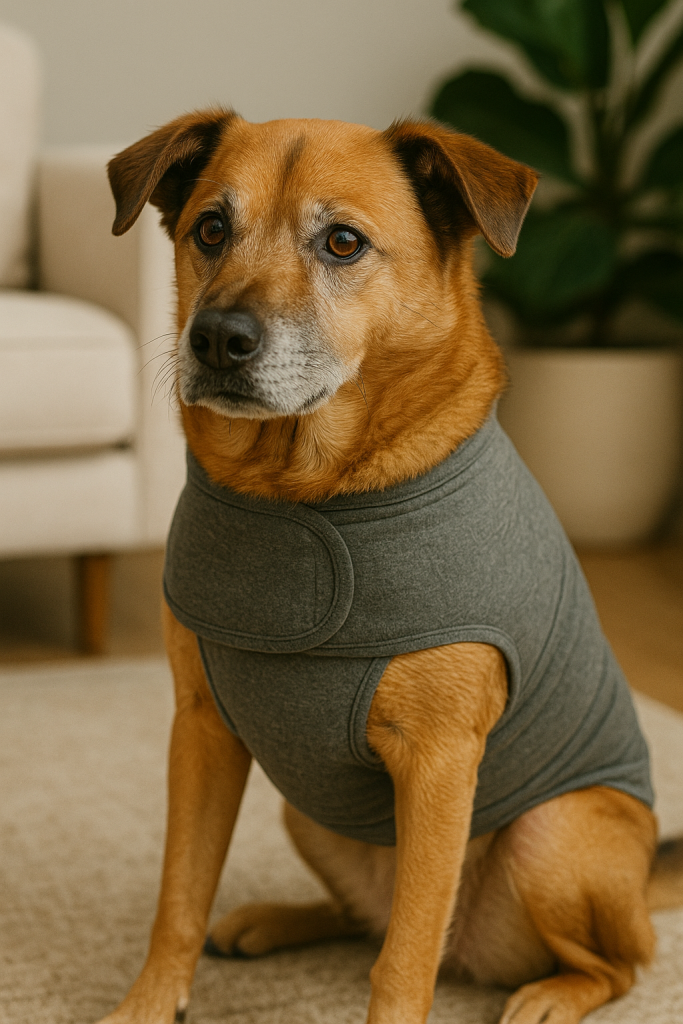
3. Use Calming Scents
Just like certain scents calm humans, dogs also respond to aromatherapy. Some safe and effective options include:
-
- Lavender oil (diluted and diffused)
-
- Chamomile oil
-
- Frankincense
Never apply essential oils directly to your dog’s skin. Instead, use a diffuser in the room or lightly spray their bedding with a dog-safe calming mist.
Studies have shown that lavender in particular can significantly reduce a dog’s barking and restlessness.
4. Try Pressure Wraps or Anxiety Vests
Dogs feel more secure when they’re wrapped in gentle pressure—similar to how weighted blankets soothe humans. Products like Thundershirt or other snug-fitting wraps can help during storms, fireworks, or travel.
You can even make a simple pressure wrap at home using a scarf or stretch bandage:
-
- Wrap it around the chest and over the shoulders
-
- Secure gently but not too tight
-
- Make sure your dog can still move freely
It’s like a gentle hug that says, “You’re not alone.”
5. Establish a Predictable Routine
Dogs thrive on consistency. Anxiety often spikes when their world feels unpredictable. Try to:
-
- Feed them at the same times daily
-
- Walk them at regular intervals
-
- Stick to a sleep schedule
-
- Keep greetings and goodbyes low-key
Routine builds trust and security, and over time, your dog will start to feel more in control and less reactive.
6. Natural Supplements and Treats
There are many natural options that may help reduce anxiety, including:
-
- CBD for dogs (always consult your vet first)
-
- Melatonin supplements
-
- L-theanine or calming chews
-
- Turkey-based treats (contain tryptophan)
Look for veterinarian-recommended brands that clearly label ingredients and dosages.
Important: Supplements should always complement—not replace—lifestyle changes and emotional support.
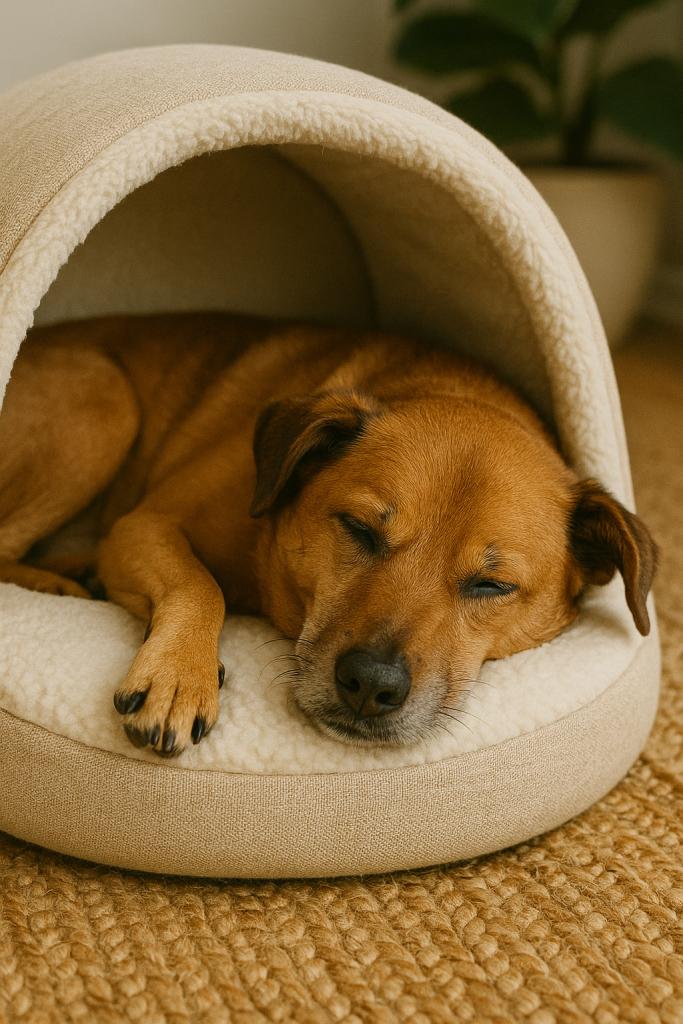
7. Physical Touch and Gentle Massage
Touch is incredibly healing. Spend time:
-
- Stroking your dog’s ears (which have acupressure points)
-
- Massaging their shoulders and back
-
- Scratching their chest slowly and calmly
Even 10–15 minutes of gentle touch per day can lower cortisol levels and create a lasting bond of trust.
Bonus Tip: Use calming words while you touch—your voice is one of the most powerful tools you have.
8. Exercise, Exercise, Exercise
A tired dog is a calm dog.
Physical activity releases feel-good endorphins, reduces stress, and channels nervous energy into healthy outlets.
Try:
-
- Long morning walks
-
- Fetch in the yard
-
- Tug-of-war indoors
-
- Puzzle toys and sniff games
Don’t just aim for physical exhaustion—mental stimulation is just as important.
9. Play Calming Music
Certain frequencies and instruments have been shown to calm dogs. Try playlists with:
-
- Classical piano
-
- Acoustic guitar
-
- Nature sounds (rain, wind, birds)
Spotify and YouTube have curated “dog relaxation” channels. Just turn it on during thunderstorms or when you leave home—it can make a huge difference.
10. Desensitize Them to Their Triggers
This takes time—but it’s powerful.
Let’s say your dog is terrified of the vacuum. Instead of forcing them to be around it, try this:
-
- Start by turning it on in another room for 5 seconds
-
- Reward with a treat
-
- Slowly bring it closer over several sessions
-
- Keep the experience positive and gradual
This method—called desensitization and counter-conditioning—can rewire how your dog responds to fear triggers.
11. Stay Calm Yourself
Dogs are emotional mirrors. If you’re anxious, frustrated, or tense, they feel it too.
Practice calm breathing, soft body language, and reassuring tone during stressful moments. Avoid yelling, overreacting, or “babying” your dog, as it can reinforce fear.
Remember: Your calm is contagious.
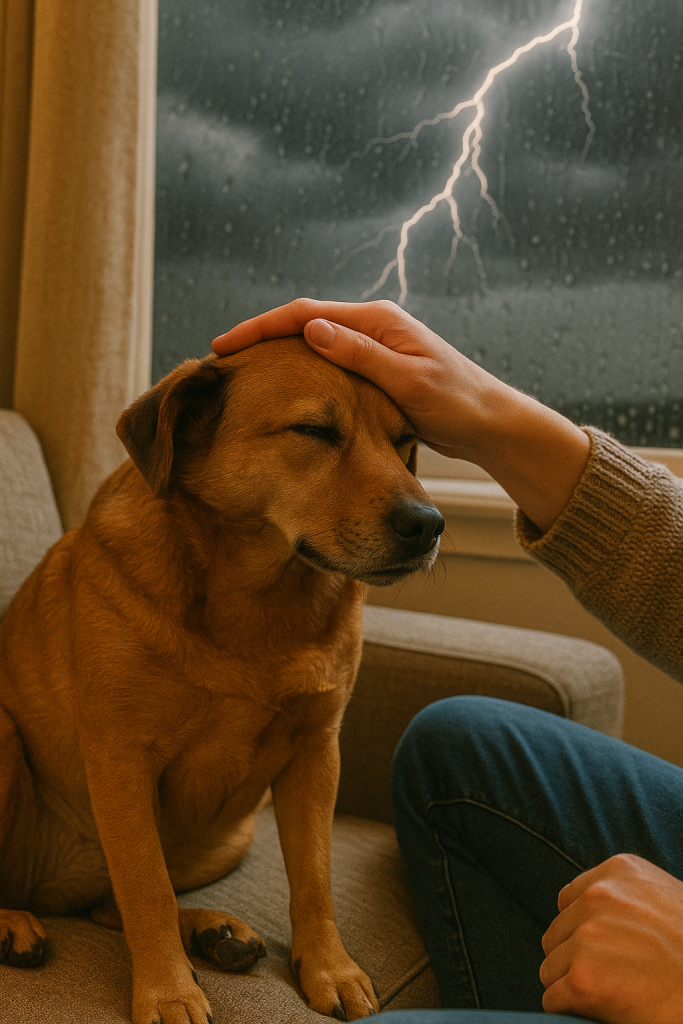
12. Give Them Time and Patience
There’s no instant fix for anxiety. Sometimes it takes weeks or even months of love, structure, and care to rebuild a dog’s emotional balance—especially if they’ve been rescued or experienced trauma.
Celebrate small victories:
-
- A quiet night during fireworks
-
- Eating during a thunderstorm
-
- Staying calm when you leave the room
Each step forward matters more than you know.
Final Thoughts
Helping an anxious dog isn’t always easy—but it’s one of the most rewarding journeys you can take as a pet parent. When you approach it with patience, empathy, and consistency, you’ll see the light return to their eyes.
Remember: You are their safety. You are their calm.
And with your love, they can heal.

